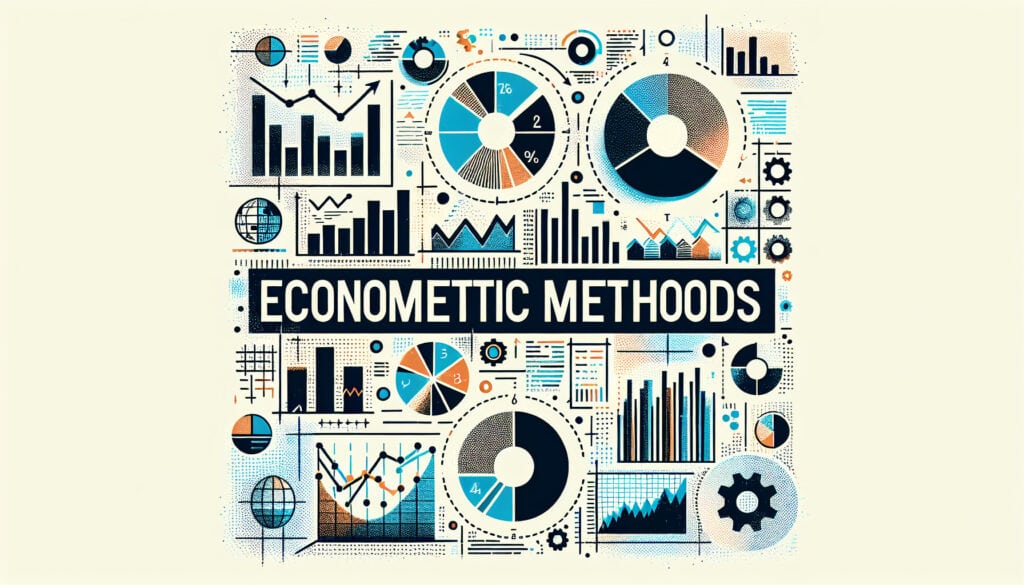To apply statistical methods to economic data to give empirical content to economic relations.
- 方法: 人体工程学
Econometric Methods

Econometric Methods
- 成本分配, 市场研究, 预测性维护算法, 产品开发, 产品定价, 质量管理, 统计分析, 统计过程控制 (SPC)
目标
如何使用
- Used to model and analyze the economic aspects of product design, manufacturing, and marketing, such as demand forecasting, cost analysis, and pricing strategies. By using regression analysis and other statistical techniques, businesses can understand the impact of various factors on product success.
优点
- Provides a quantitative basis for decision-making; Helps in forecasting and understanding market dynamics.
缺点
- Requires significant expertise in statistics and economics; Models can be complex and may not perfectly capture real-world nuances.
类别
- 经济学, 项目管理
最适合:
- Analyzing large datasets to forecast market trends and inform strategic product decisions.
Econometric methods find extensive application in various sectors, particularly where product design intersects with economic theories and market dynamics. For instance, in consumer electronics, businesses leverage these techniques to analyze how changes in price points or features impact consumer demand, allowing them to optimize product offerings before market launch. The methodology is crucial during the pre-launch phase where businesses aim to predict customer responses through historical data analysis. Participants typically include data analysts, marketing teams, and product managers who collaborate to ensure that their findings are integrated into the decision-making process. Industries such as automotive, healthcare, and retail also benefit significantly from econometric analyses, as they allow professionals to evaluate the return on investment for different product features or marketing campaigns. Companies incorporating econometric methods into their innovation cycles can refine pricing strategies based on demand elasticity, which aids in maximizing profitability. Furthermore, forecasting and market trend analysis informed by these methodologies cater to continuous improvement, enabling organizations to stay competitive in rapidly shifting markets. The ability to quantify relationships between various factors helps businesses align their product development strategies with consumer expectations, thus enhancing the likelihood of market success.
该方法的关键步骤
- Define the economic aspects relevant to product design, manufacturing, and marketing.
- Select appropriate econometric models based on research questions and data properties.
- Utilize regression analysis to establish relationships between variables impacting product success.
- Conduct hypothesis testing to evaluate the significance of economic factors.
- Use diagnostic tests to check model assumptions and validate model fit.
- Implement simulations to predict outcomes under different scenarios based on the model.
- Interpret results to inform pricing strategies and demand forecasting.
- Regularly update models with new data to refine predictions and strategies.
专业提示
- Utilize time-series analysis to discern seasonal patterns in product demand, enhancing the accuracy of forecasting models.
- Incorporate interaction terms in regression models to evaluate how combinations of factors influence product performance more significantly than individual factors alone.
- Apply cluster analysis to segment customer data into homogenous groups, allowing for more targeted marketing strategies and pricing models.
历史背景
1994
1997
1999-05-01
2000
2002
2013
1992
1996
1998
2000
2000
2003
2013-09-24
(如果日期不详或不相关,例如 "流体力学",则对其显著出现的时间作了四舍五入的估计)。













相关文章
制造运营管理(MOM)
制造执行系统(MES)
生产控制计划
人工测试
手动搬运评估表 (MAC)
手动任务风险评估工具(ManTRA)